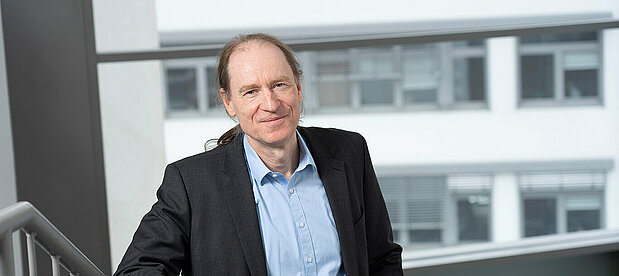Methodical bases are established to determine chemical substances and microorganisms in groundwater impacted by human activity. Knowledge exchange in practice and in the following research projects is used for preventative resource protection and the long-term security of drinking water quality.
New methods for groundwater analysis are available following the completion of a research project funded by the German Federal Ministry of Education and Research (BMBF). TZW: DVGW-Technologiezentrum Wasser (German Water Centre) in Karlsruhe has tested and further developed the latest methods such as non-target analysis to identify previously unknown compounds in groundwater or the MALDI-TOF method, with which bacteria can be determined using mass spectrometry. The aim of the project was to better detect trace substances, hygienically relevant microorganisms and environmental bacteria in groundwater, to identify them more quickly and to track the temporal course of substance degradation.
Groundwater is the most important resource for drinking water production in Germany. 70 percent of drinking water comes from groundwater and spring water. Many groundwaters, including those used for the supply of drinking water, contain a variety of natural (geogenic) and human-induced (anthropogenic) substances and microorganisms. A broad spectrum of analytical methods is required for their reliable determination. Since the concentrations of many undesirable substances in groundwater are usually much lower than in surface waters, their reliable detection places high demands on the analytical systems and methods to be used.
The now completed research project has thus made an important contribution to safeguarding groundwater and drinking water quality. The newly developed methods are available for further research projects and follow-up projects and can be used to comprehensively describe groundwater resources and existing influences.
The German Federal Ministry of Education and Research (BMBF) has funded the GW-Analytik project (development of methodological principles for characterising the influence of groundwater resources using state-of-the-art analytical methods). The measure is part of the BMBF programme "Research for Sustainable Development" (FONA³).
For many years, the precautionary protection of resources combined with the task of recognising hazards to raw water quality at an early stage and thus securing drinking water quality in the long term has been a priority task of the research activities of TZW. TZW is an institution of the DVGW, the technical and scientific association of German water supply companies.
Publications:
Warner W., Licha T., Nödler K. (2019): Qualitative and quantitative use of micropollutants as source and process indicators. A review. Science of the Total Environment 686, 75–89.
Nödler K. & Scheurer M. (2019): Substances from Multiple Sources (SMS): The Presence of Multiple Primary and Secondary Sources of Persistent and Mobile Organic Contaminants is an Upcoming Challenge for the Drinking Water Sector and Regulatory Frameworks. Environmental Science & Technology 53 (19), 11061–11062.

![[Translate to English:] Prüfstelle-Produktprüfung_Teststand Test centre and product testing](/fileadmin/_processed_/0/9/csm_TZW-Karlsruhe_Pruefung_Geraete-Teststand_377188946c.jpg)

























